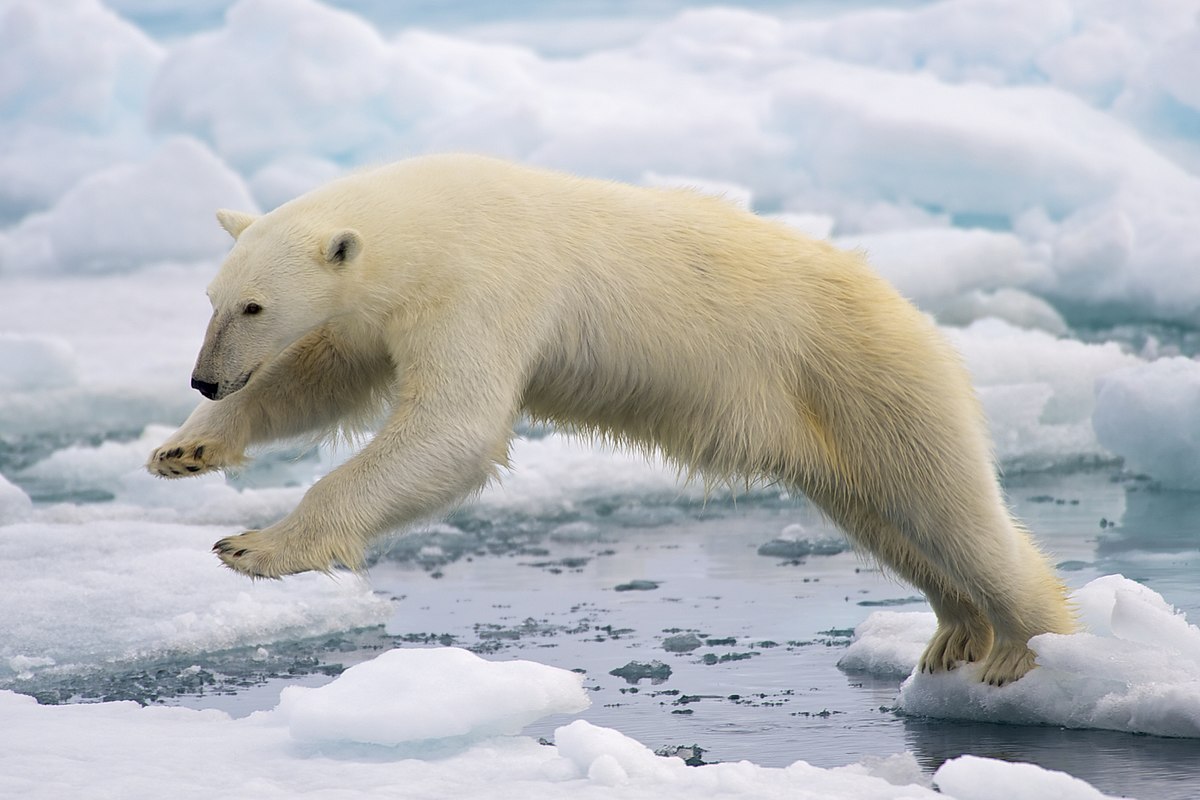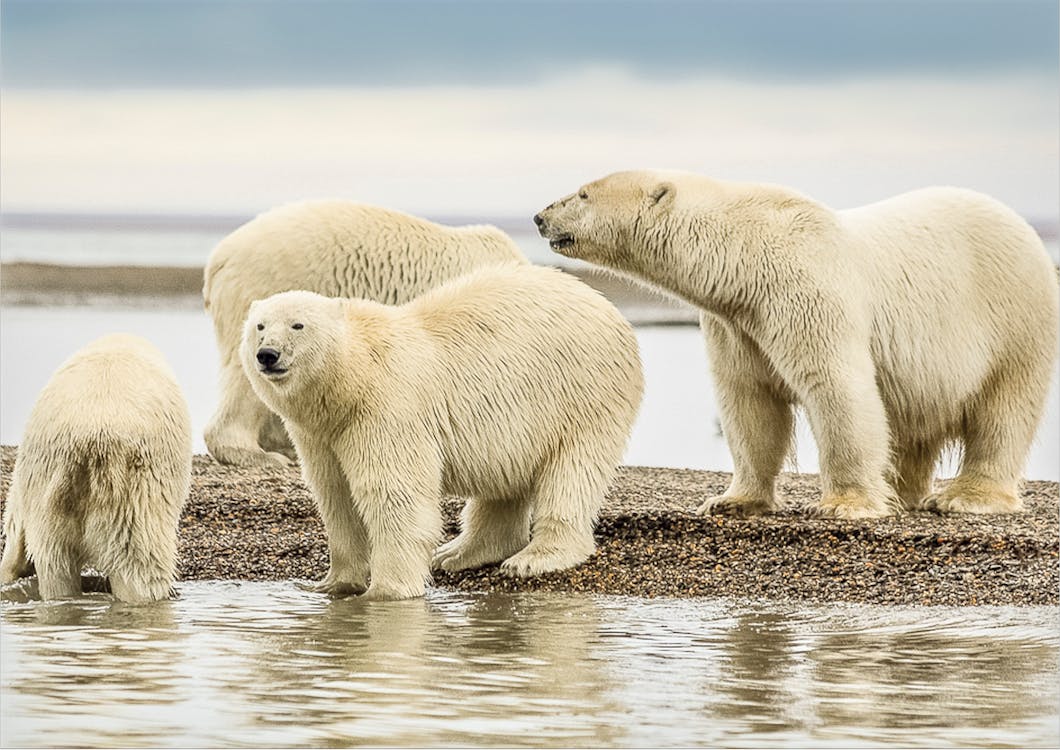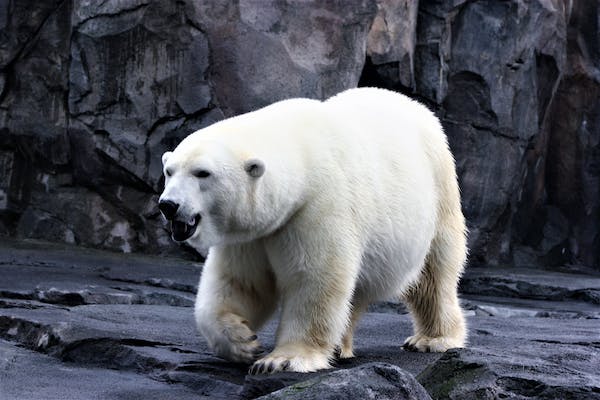Consider the polar bear, an icon of the Arctic, known for its impressive adaptability and survival skills in the harshest of climates. A majestic creature, yes, but how many of us understand the details of their unique lifecycle? Let’s take a closer look (but not too close, they’re wild animals, after all) and explore the exciting stages of a polar bear’s life from cub to adult.
The Wonder of Polar Bears Life Cycle: From Birth to Independence

Mother polar bears sow and give birth to their adorable cubs between January and February. They typically have twins, but sometimes will have a singleton or even triplets. These newborns are small, helpless, and completely rely on their mothers for survival.
Mother’s Warm Embrace
The mother bear provides protection and warmth, coddling her offspring in a winter den where the family will stay until spring. During this period, she could lose considerable weight – up to 700 pounds!
Fledging the Nest
The cubs will stay under their mother’s nurturing guidance for approximately 2.5 years. She will teach them vital survival skills. Walking, swimming, hunting, and finding vaulted safety.
Transitioning to Adult Polar Bears Life Cycle

As a cub grows into an adult, it endures a series of fascinating physical transformations. Its coat changes color from yellow in the summer to gleaming white in winter. Interestingly, beneath that thick, insulating coat hides a layer of black skin.
- Males, or boars, can grow over eight feet tall and weigh more than 1,400 pounds!
- Females, sows, are significantly smaller, often measuring just over six feet tall and weighing around 500 pounds.
See Related: The Mighty Giants: Exploring the World’s Largest Bear Species
Distinctive Physiological Features
Polar bears are specifically adapted to their icy habitat. They boast long hind limbs, broad and chunky legs, and large feet designed for snow travel. The pads are uniquely textured, providing extra grip and preventing icy slips. Their sharp, curved non-retractable claws aid in climbing icy landscapes and hunting prey.
Unique Characteristics of The Polar Bear Life Cycle

Lugging around 42 ultra-strong teeth, polar bears are a force to be reckoned with. Their incisor teeth are perfect for slicing through fish and other food, preventing long and tedious chewing. It’s worth noting that these fascinating bears will often prefer to swallow their meals in large chunks.
Fur: Their Natural Armor and Insulation
The polar bear’s fur is a powerful tool in their survival arsenal. It grows incredibly thick, up to one and a half inches! This serves as an effective natural coat, protecting the polar bear from the freezing temperatures of their environment. Every spring, this impressive bear molts, shedding its old hair to make way for a fresh new coat.
Related Resources: